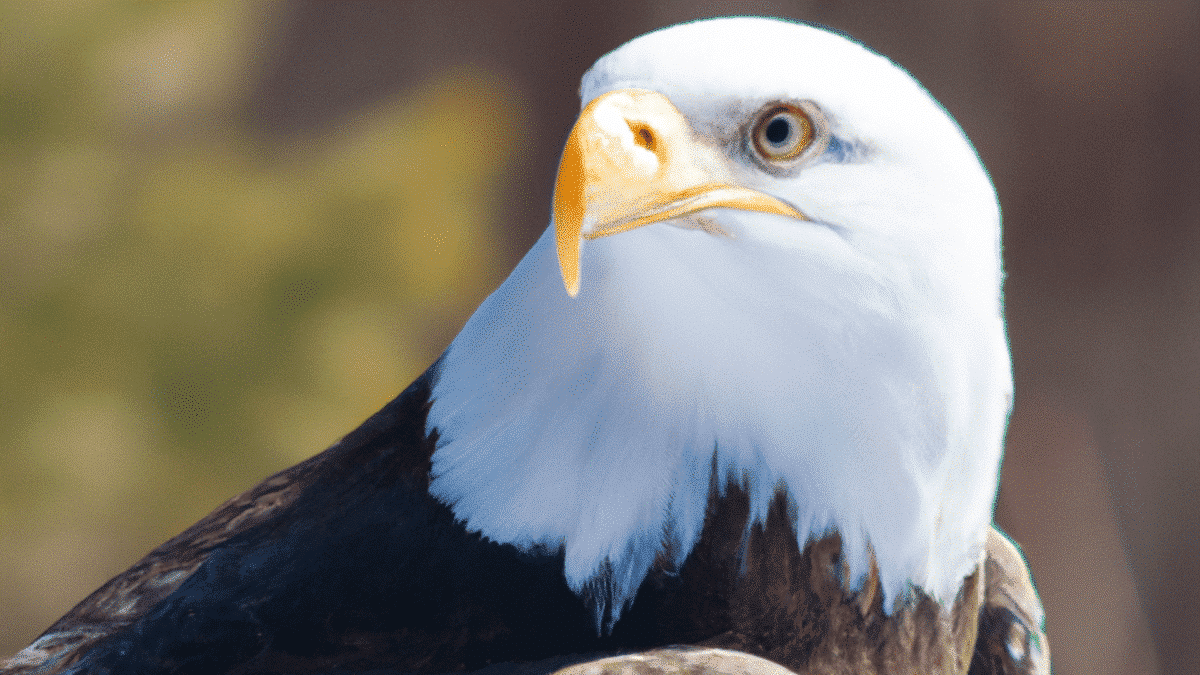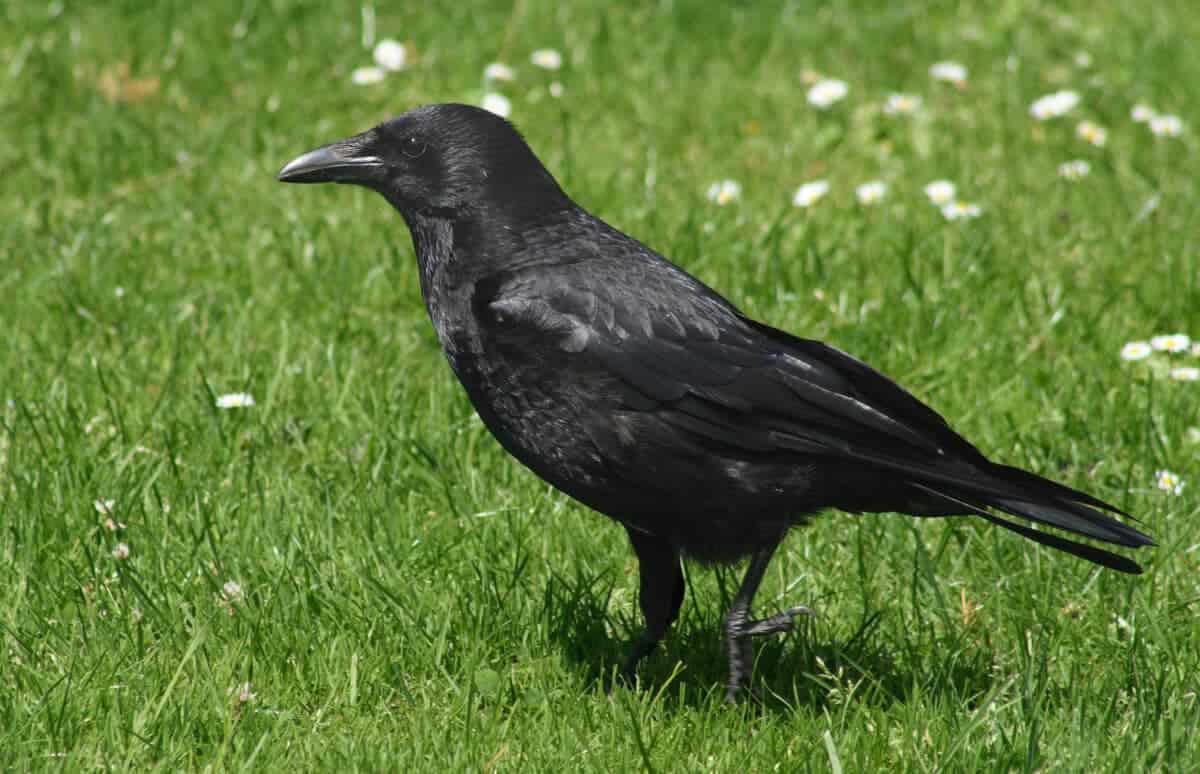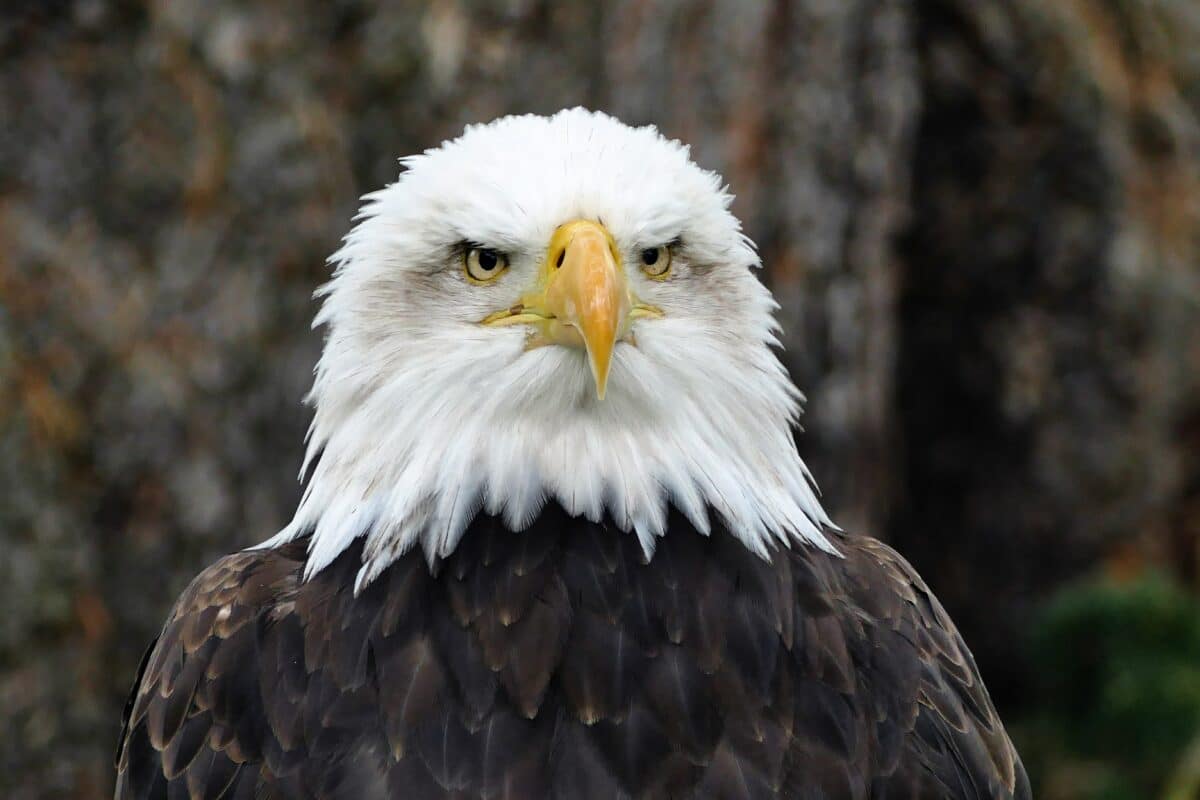Are you ready to witness this eagle’s wild response to a cawing crow? In the intricate dance of nature, the encounters between predator and prey often unfold with surprising twists. One such captivating scenario occurred on a July evening in Downeast Maine, where a scolding crow dared to confront a majestic eagle. This unusual interaction not only provides a glimpse into the complex dynamics of the avian world but also sparks curiosity about the behaviors and characteristics of these two remarkable birds.
Bald Eagle vs. Crow
| Attribute | Bald Eagle | Crow |
|---|---|---|
| Scientific Name | Haliaeetus leucocephalus | Corvus sp. |
| Size | Wingspan: 6.5 – 7.5 feet | Length: 17 – 21 inches |
| Location | North America | Worldwide |
| Behavior | Predatory, territorial | Highly intelligent, social |
| Hunting Techniques | Opportunistic, fish scavenging | Scavenging, foraging |
| Diet | Fish, small mammals, waterfowl | Carrion, insects, seeds |
| Lifespan | Up to 20-30 years in the wild | Up to 8-12 years |
| Conservation Status | Least Concern (IUCN) | Varies by species |
Picking Apart This Scenario

Crows usually caw loudly as a defensive action. The sharp sound does more than alert other crows that a predator is nearby but also also helps to let them know that the danger isn’t leaving. They can sometimes then decide if they need to flock together. The eagle is clearly trying to show dominance over the crow, by marking its territory with its feces, fluffing up its feathers and stretching out its large wings to increase its visual size. Finally it uses its last intimidation tactic to jump towards the crow scaring it off the branch into flight. The eagle dominates the territory war today!
Size and Physical Characteristics
The bald eagle, with its impressive wingspan ranging from 6.5 to 7.5 feet, stands as an emblem of power and grace in the avian kingdom. Conversely, the crow, though significantly smaller with a length of 17 to 21 inches, compensates with its sleek and agile frame.
Origin and Background

Bald eagles are native to North America, particularly prevalent in coastal regions and near large bodies of water where they can find their preferred prey of fish. Crows, on the other hand, are a more cosmopolitan species, inhabiting diverse habitats across the globe, from bustling cities to remote forests.
Behavior and Social Structure
Bald eagles exhibit territorial behavior, fiercely defending their nesting sites and hunting grounds. Conversely, crows are highly intelligent and social birds, often seen in large, vocal flocks that work cooperatively to find food and protect their group.
Hunting Techniques and Diet
Bald eagles are formidable hunters, employing a variety of techniques such as swooping down to snatch fish from the water’s surface or scavenging carrion. Crows, with their keen wit, are opportunistic feeders, scavenging for scraps and also preying on small animals, insects, and seeds.
Lifespan and Conservation Status

In the wild, bald eagles can live up to 20 to 30 years, while crows have a shorter lifespan of 8 to 12 years. Despite being iconic symbols of the United States, bald eagles enjoy a conservation status of “Least Concern” according to the IUCN Red List. The conservation status of crows varies depending on the species, with some facing threats due to habitat loss and human persecution.
Wrapping Up with the Eagle’s Wild Response
The encounter between a bald eagle and a scolding crow in Downeast Maine offers a fascinating glimpse into the intricate dynamics of the natural world. Despite their differences in size, behavior, and habitat, both birds play crucial roles in their ecosystems. As we marvel at their interactions, let us also reflect on the importance of preserving the diverse tapestry of life that surrounds us.
Thank you for following along with this article –
Next up in the animal kingdom:
- Bald Eagle Family Expand Their Nest In California - April 24, 2024
- Firefighter Saves Abandoned Kittens Found Cuddling In Hoses - April 24, 2024
- Dolphins Get High Playing Catch With A Pufferfish - April 24, 2024

